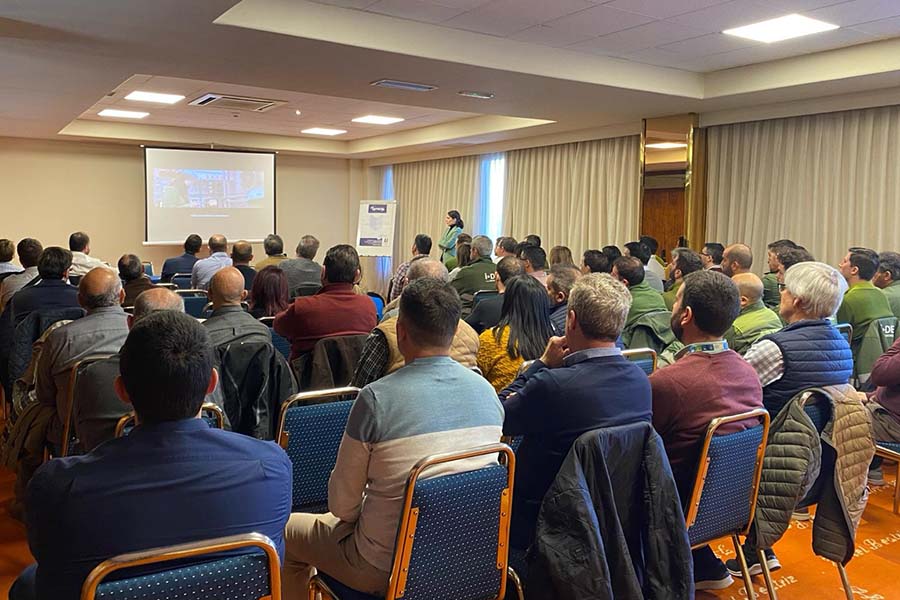Over 200 i-DE employees in Castilla La Mancha focus on the key role of grids in the energy transition
-
In Castilla La Mancha, i-DE manages over 30,000 km of power lines, has 9,529 transformer stations in service and 76 substations

i-DE, Iberdrola España's distribution company, held the 19th edition of its Networks Business meeting with a resounding success in terms of participation – around 250 employees in Castilla La Mancha attended this meeting.
This new edition served to highlight and take stock of the activity carried out during 2023, in which the company has improved the quality of service offered to its customers in Castilla-La Mancha, with the best year-end value in history.
In each province of the community, the management shared the analysis its current context analysis, the opportunities and challenges arising from the energy transition: self-consumption, energy communities, batteries or data processing centres, as well as the importance of cybersecurity and innovation as the backbone of our activity, such as the implementation of a new mobility solution for all our field operations.
María Martínez, i-DE Director in the Central Region, chaired this conference together with the Head of the Network Business in Castilla la Mancha Pablo Caramés, and they urged to reinforce people's safety to minimise electrical risk and guarantee protection, as well as care for the environment.
The 19th edition of the Networks Business meeting focuses on electrifying the economy, which is necessary to achieve decarbonisation – a key process for climate change. During the meeting, María Martínez stressed that electricity grids are a key element in the energy transition, integrating new connection points for both renewables and recharging, being able to manage bidirectional electricity flows and adapting to the new needs of all agents.
In recent years, the company has undertaken an ambitious plan to digitise its electricity grids, converting its more than 700,000 meters in the region and the infrastructure that supports them into smart meters, incorporating remote management, supervision and automation capabilities.
The digitisation of the electricity distribution grid will provide more information to implement additional energy efficiency and sustainability measures, in a way that is committed to ambitious and urgent climate action. The deployment of the smart grid makes it possible to respond to new models of grid use and offer a better service to citizens
